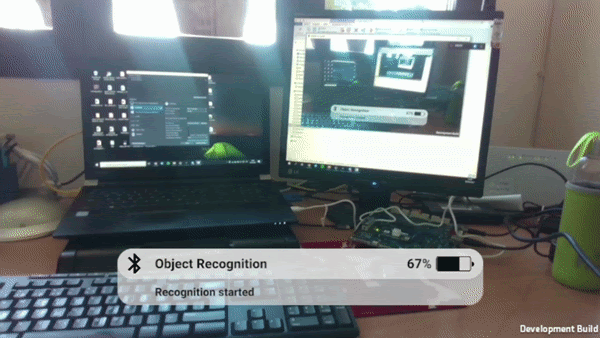Visual aid via cutting-edge technology seems to be around as a concept for a very long time, playing an integral role in science fiction novels, films and video games, aiding their main characters to accomplish some of their most difficult tasks. It seems that we have reached a point that it is more than ever safe to say that visual aid enhanced by state-of-the-art microcomputer…










